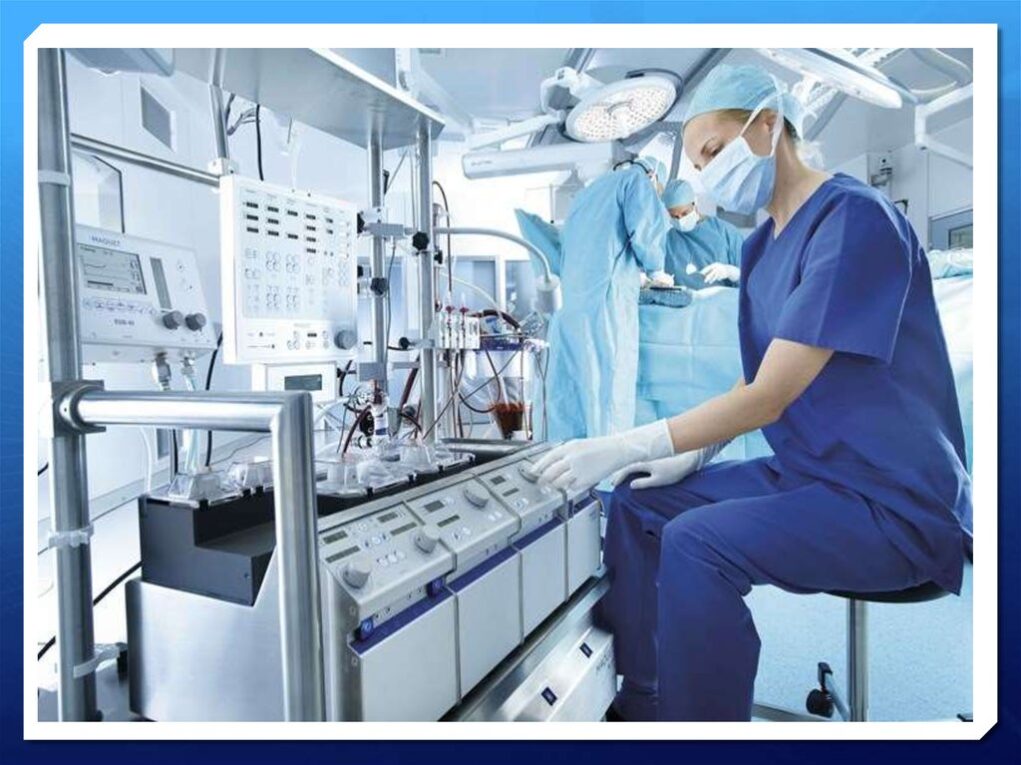Cardiopulmonary bypass equipment, commonly referred to as the heart-lung machine, plays a crucial role in facilitating complex heart surgeries that require the heart to be stopped temporarily. Without this life-saving equipment, many high-risk surgical procedures on the heart would not be possible.
The Components
A cardiopulmonary bypass system consists of several components working together synchronously. The key components include:
Oxygenator: This component acts as the ‘lung’ of the external circuit. It adds oxygen to and removes carbon dioxide from the blood while it is outside the body. Modern oxygenators use a membrane to simulate the gas exchange that occurs naturally in the lungs.
Heart-lung machine: Cardiopulmonary Bypass Equipment machine pumps blood to and from the patient during the surgical procedure. It maintains the circulation of oxygenated blood to vital organs while bypassing the heart and lungs.
Arterial filter: This filter catches any air bubbles or debris that may have entered the bloodstream before the blood is returned to the patient’s arteries. This prevents air embolisms, which can be fatal.
Cardiac suction: This tubing helps drain the blood from the heart chambers into the bypass circuit so the heart can be empty and still during surgery.
Monitoring equipment: Critical parameters like blood flow, pressure, temperature etc. are continuously monitored with the help of advanced sensors and displays connected to the heart-lung machine. This helps ensure the patient’s safety and optimal functioning of the bypass.
How it Works?
When a patient is placed on cardiopulmonary bypass, the surgeon cannulates major vessels to establish inflow and outflow from the system. Venous blood drained from the right atrium is routed to the oxygenator for gas exchange. It is then pumped under pressure back to the patient’s arteries.
In the oxygenator, carbon dioxide is removed and oxygen is added to the blood through a permeable membrane. The oxygen-rich blood is then filtered and pushed by the heart-lung machine through the arterial line at a controlled rate to restore systemic circulation. This enables surgeons to operate on an empty, still heart while maintaining the patient’s oxygen supply and organ perfusion.
Complex Surgical Procedures
Following are some of the high-risk cardiac surgeries that are only possible with the aid of cardiopulmonary bypass:
Coronary artery bypass grafting (CABG): This procedure, commonly known as bypass surgery, treats blockages in the arteries of the heart. Multiple grafts are connected to bypass blockages and restore blood flow.
Heart valve repair/replacement: Diseased valves can be repaired or replaced, for example in mitral valve replacement surgery. This requires the heart to be stopped for a period.
Congenital heart defect repair: Complex birth defects of the heart such as Tetralogy of Fallot can be corrected surgically using cardiopulmonary bypass support.
Cardiac tumor excision: Tumors on or within the heart muscle can be precisely excised with the heart arrested to minimize risks.
Aortic aneurysm repair: Life-threatening bulges in the aorta are surgically reconstructed under cardiac arrest induced by cardiopulmonary bypass.
Benefits and Risks
While cardiopulmonary bypass equipment allows surgical feats that were previously impossible, it is also associated with certain risks. However, modern heart-lung machines with advanced biocompatible surfaces and bubble-detection technology have significantly reduced complications.
Some potential benefits and risks of using cardiopulmonary bypass include:
Benefits: Enables repair of all Four chambers of heart simultaneously | Provides bloodless, still surgical field | Allows complex multi-vessel cardiac procedures | Increases surgical precision and safety
Risks: Potential for stroke, bleeding or infection | Systemic inflammatory response | Kidney or other organ injury (rare) | Prolonged recovery needed post-surgery
Cardiopulmonary bypass equipment has revolutionized cardiac surgery by enabling repair of even the most complex congenital and acquired heart diseases. Continuous innovation is further minimizing the risks associated with heart-lung support machines. As a result, they have become indispensable aids for skilled cardiac surgeons to perform lifesaving interventions previously out of reach.
*Note:
1. Source: Coherent Market Insights, Public sources, Desk research
2. We have leveraged AI tools to mine information and compile it
About Author – Priya Pandey
Priya Pandey is a dynamic and passionate editor with over three years of expertise in content editing and proofreading. Holding a bachelor’s degree in biotechnology, Priya has a knack for making the content engaging. Her diverse portfolio includes editing documents across different industries, including food and beverages, information and technology, healthcare, chemical and materials, etc. Priya’s meticulous attention to detail and commitment to excellence make her an invaluable asset in the world of content creation and refinement. LinkedIn Profile


